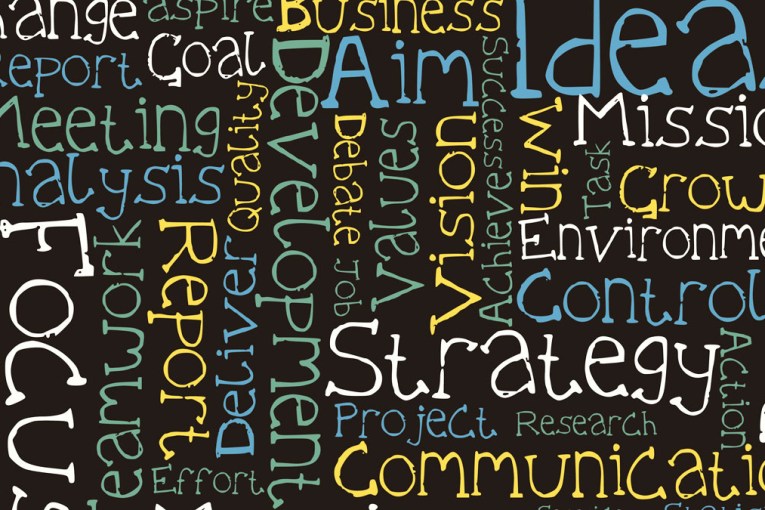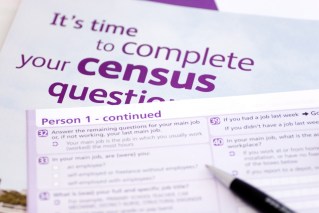What exactly is the Trans-Pacific Partnership?
The Trans-Pacific Partnership has been successfully brokered after nineteen rounds of negotiation spanning five years.
The agreement will create a trade bloc between twelve nations: Australia, the USA, New Zealand, Canada, Japan, Mexico, Malaysia, Singapore, Brunei, Chile, Peru and Vietnam.
• Pacific trade deal signed
• Secret foreign courts ‘threaten democracy’
• ‘Impasse’ could derail TPP
If it comes into formal effect, the TPP will create the world’s largest ‘free’ trade zone, covering almost 40 per cent of the global economy and more than 25 per cent of world trade.
What held things up?
The resolution was delayed, partly because of the USA’s desire for longer exclusive patents for pharmaceutical drugs. Australia, Peru and Chile reportedly shortened the patents from eight to five years.
Some countries were also uneasy about the inclusion of investor-state dispute settlements, which opponents claimed would allow private companies to sue governments in quasi-judicial courts for passing laws that reduced their profits. No word yet on how this was resolved.
Canada and Japan were opposed to opening up their dairy markets to New Zealand exports.

Mr Obama made the TPP a priority, but some have questioned its secrecy. Photo: Getty
What does the agreement say?
We don’t really know.
The negotiation process was shrouded in secrecy.
The only details we have were the result of unconfirmed leaks and statements from politicians, such as Australian trade minister Andrew Robb.
The deal reportedly covers exports, including beef, dairy, grains, sugar, horticulture, seafood, wine, resources and energy, and manufactured and other goods.
It also addresses modern trade and investment issues such as competition, e-commerce, anti-corruption and levelling the playing field between private business and state-owned enterprises.
The TPP would not require any changes to Australia’s intellectual property laws or policies, whether in copyright, pharmaceutical patents or enforcement, according to the Australian government.
What are the supposed benefits?
The Australian government has claimed the TPP will forge stronger economic links, create new demand and new access for Aussie goods and services, and boost electronic commerce.
The TPP would eliminate more than 98 per cent of tariffs in the region, removing import taxes on about $9 billion of Australian trade, according to the government.
Beyond market access, the deal would reportedly create a single set of trade and investment rules between its members countries, making it easier and simpler for Australian companies to trade in the region.
Mr Robb said the deal compliments trade agreements already struck with South Korea, Japan and China. He indicated an impending deal with India would be significant for Australia’s economy.
The TPP also opens Australia up to smaller and “emerging economies” like Vietnam and Mexico, according to Mr Robb.
Detractors worry that Australia’s agricultural industry will lose out, and that consumers will be forced to pay higher prices for some products, such as medicines.
What comes next?
The trade deal must be ratified by the parliaments of each member nation before it comes into effect.
Ratification is not assured.
President Barack Obama made the TPP a priority of his second term, saying it “reflects America’s values and gives our workers the fair shot at success they deserve”, but the politics of the upcoming presidential race could unravel the process.
Some presidential candidates are opposed or neutral on the deal. If the US, the largest TPP member, junks the deal, it would be doomed.
The Australian parliament is likely to consider the deal before the end of the year.
—with AAP.








